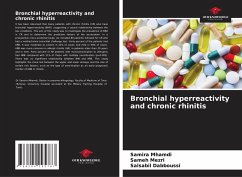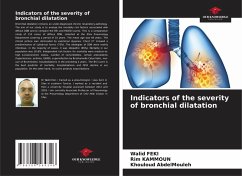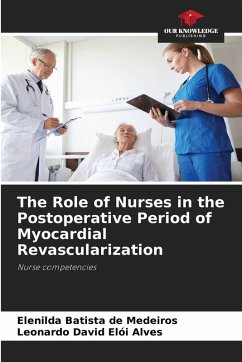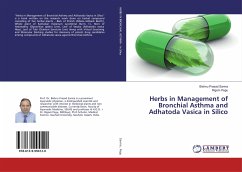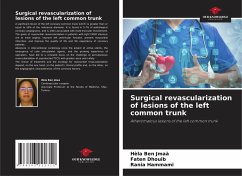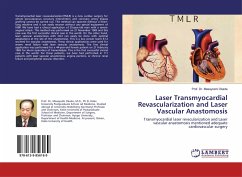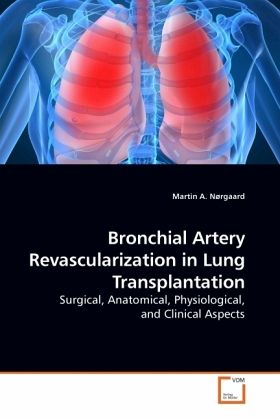
Bronchial Artery Revascularization in Lung Transplantation
Surgical, Anatomical, Physiological, and Clinical Aspects
Versandkostenfrei!
Versandfertig in 6-10 Tagen
32,99 €
inkl. MwSt.

PAYBACK Punkte
16 °P sammeln!
The lungs have a dual blood supply. The pulmonary arteries provide desaturated blood while the bronchial arteries provide oxygenated blood. Lung transplantation has stimulated an interest in the role of the bronchial arteries. In the beginning of the lung transplantation era, it was clear that insufficient bronchial artery perfusion presented a major cause of death in the early postoperative period. The idea of re-connecting the donor bronchial arteries to the recipients systemic blood supply (i.e. performing bronchial artery revascularization (BAR)) is almost as old as the idea of lung transp...
The lungs have a dual blood supply. The pulmonary arteries provide desaturated blood while the bronchial arteries provide oxygenated blood. Lung transplantation has stimulated an interest in the role of the bronchial arteries. In the beginning of the lung transplantation era, it was clear that insufficient bronchial artery perfusion presented a major cause of death in the early postoperative period. The idea of re-connecting the donor bronchial arteries to the recipients systemic blood supply (i.e. performing bronchial artery revascularization (BAR)) is almost as old as the idea of lung transplantation. Experimental studies have been made since 1950, while the first clinical experiences were reported in 1992. When the lung transplantation program was initiated in Denmark in 1992, BAR was applied from the beginning. Until today 66 en-bloc double lung transplantations, 20 single lung transplantations, 9 heart-lung transplantations and one bilateral lung transplantation with BAR have been performed at Rigshospitalet. This represents by far the worlds largest experience with BAR. Martin A. Nørgaard was studying BAR from 1994 to 2002.






